Anticipation when driving
Anticipation when driving
Anticipation and planning” provides you with the ability to:
- anticipate – to predict something may happen such as a potential hazard ahead whilst driving
- plan – to take appropriate action before the situation has occurred
“Anticipation and planning” is a skill that takes time to master and is not expected to be mastered immediately. To effectively anticipate a potential hazard requires that you must be constantly aware of your surroundings.
This includes making use of mirrors and blind spots and continuing up the road as far as you can see. Once you have anticipated a potential hazard, to then plan the appropriate action for the given situation. Your driving instructor will help develop these essential skills until you are proficient.
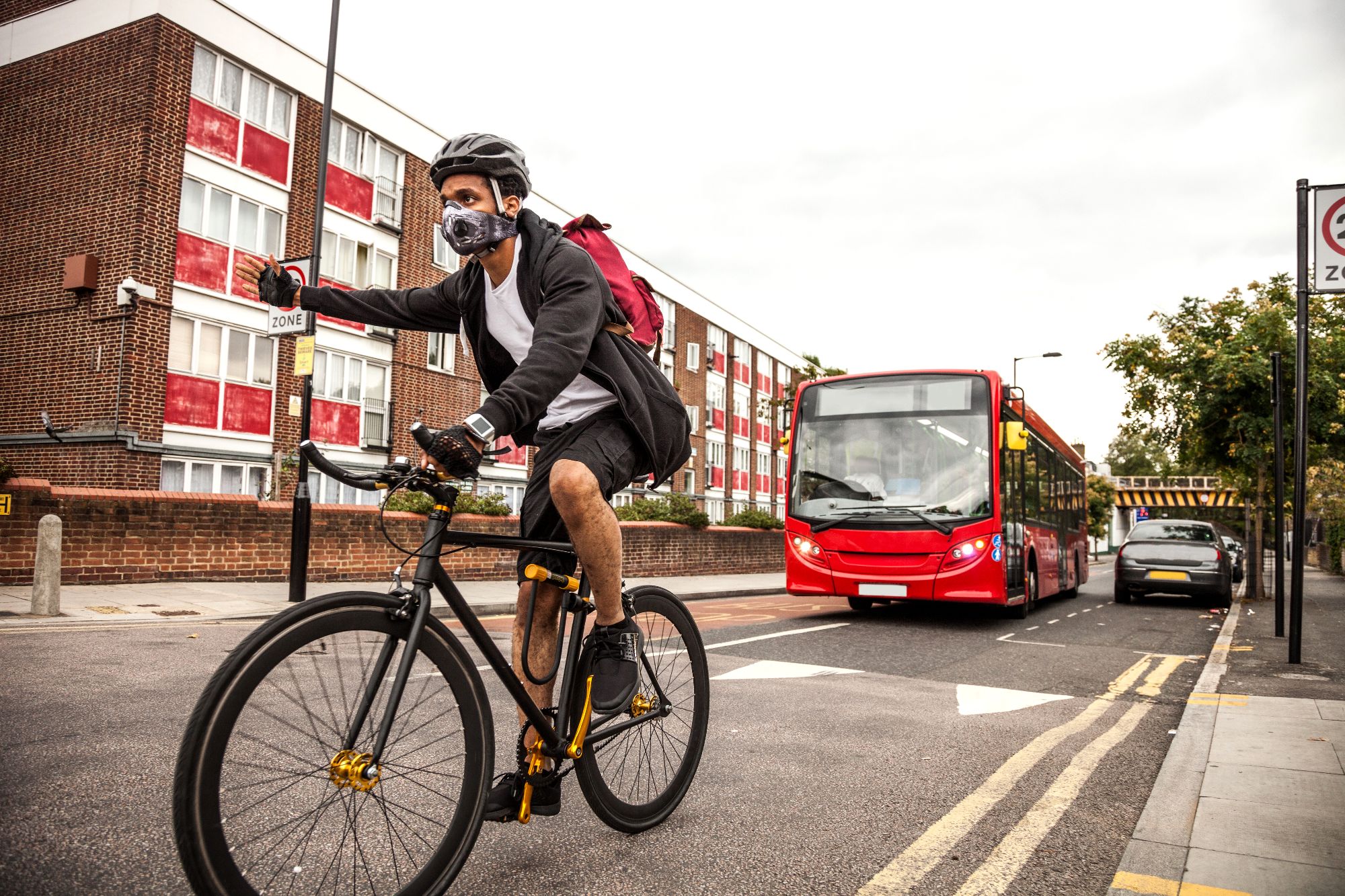
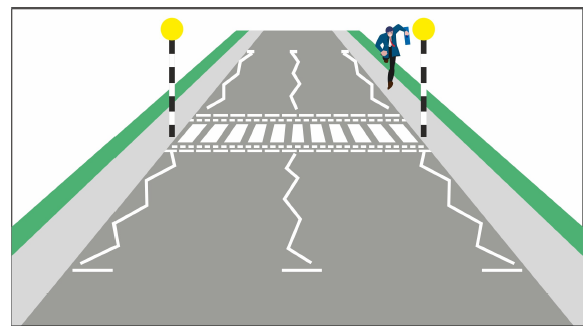
Anticipation - Pedestrian Crossings
Anticipation and Planning Tips for the Driving Test
- Pedestrian crossings – traffic light controlled pedestrian crossings that have pedestrians waiting as you approach are likely to change.
- Zebra crossings have people near them but you cant know if theyre going to cross until the last second.
- Keep a look out for waiting pedestrians well ahead of your position, as you get closer, you may see them look for traffic or start to head towards the crossing.
- Parked cars – anticipate having to give way to oncoming vehicles if the parked cars are on your side of the road. If parked cars are on other side of the road, anticipate having to slow down or stop to allow an oncoming vehicle to manoeuvre into a space between cars.
Anticipation - Pedestrians
Pedestrians – watch out for pedestrians near junctions and crossroads where they intend on crossing the road.
They can be unpredictable so be prepared for them crossing in front of you. Stop and give way to them if necessary.
Be especially cautious of the very young and old. Youngsters can often be prepared to take unnecessary risks and the old may simple not see you.
Eye contact – try to maintain eye contact with other drivers. For example a driver who is waiting to turn in front of you, if they are looking elsewhere and not at you, they may not be aware of you and could possibly make that turn regardless of your presence.
Vehicles moving off – look for signs that a vehicle could intend on moving off from a parked position into your path. This could be a vehicle indicating, slowly moving forward and/or turning their wheels into the road.
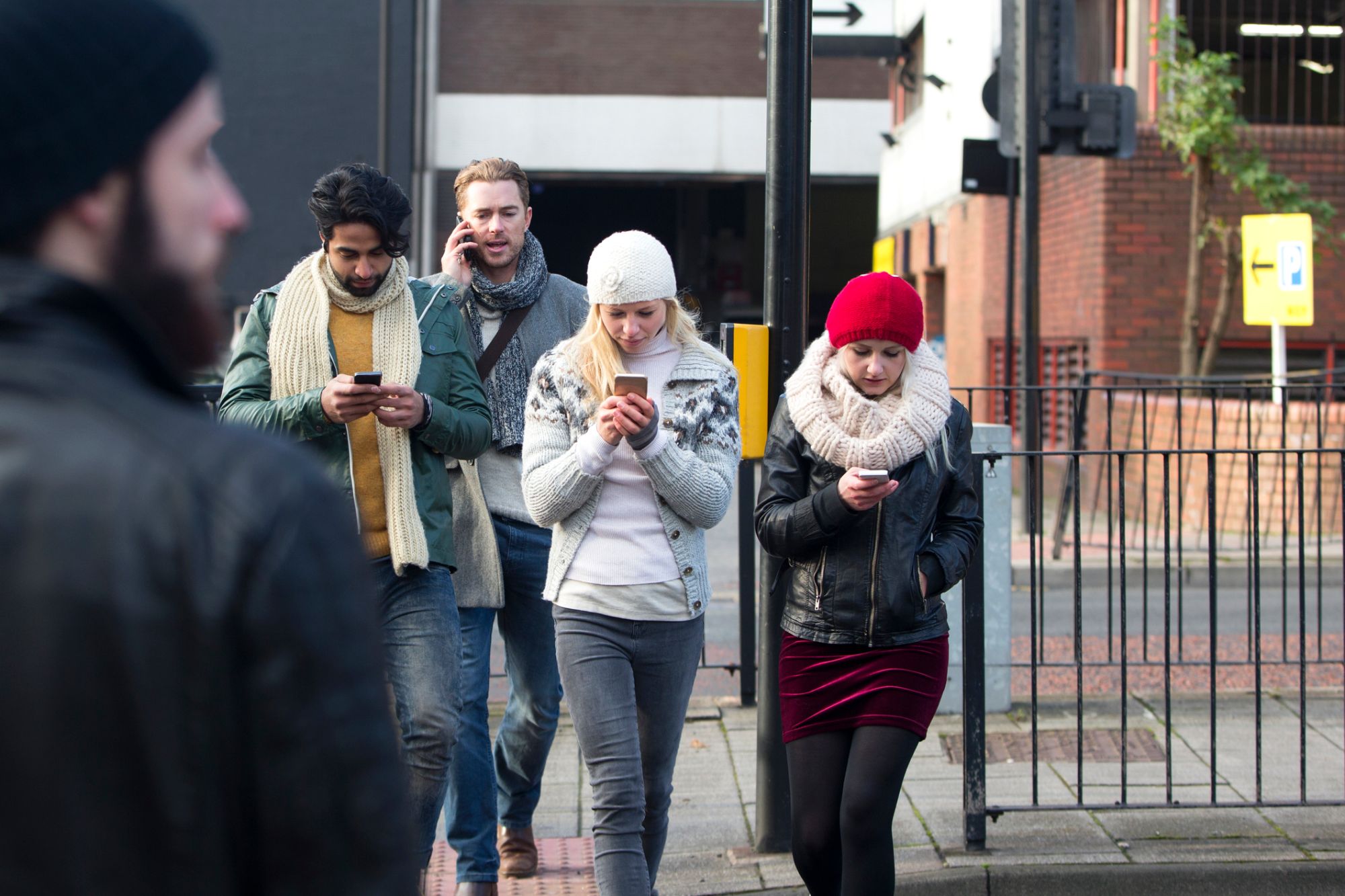
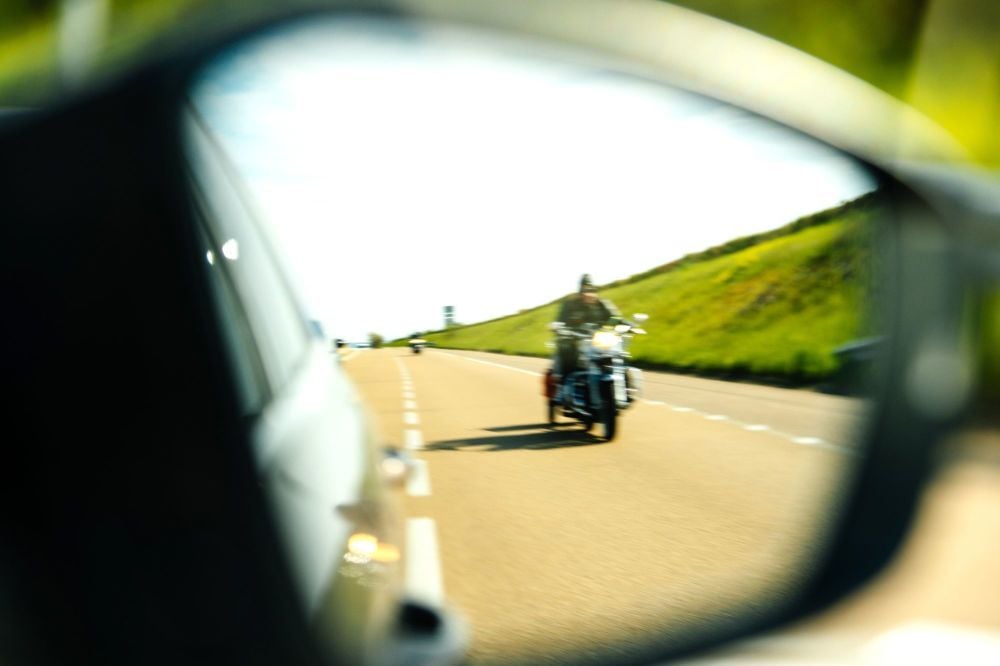
Anticipation - Motorbikes
Roundabouts – when approaching a closed roundabout (one that is difficult to see traffic approaching or going round it from a distance), always anticipate and assume you will need to give way to a vehicle on the right. Plan by slowing down in plenty of time and to be at an approach speed slow enough to stop safely.
Motorcyclists – motorcyclists have a tendency to move past you, especially in slow moving traffic.
This is called filtering and is perfectly legal.
Frequent mirror checks will help you spot motorcyclists approaching from the rear. Either move over slightly to allow the motorcyclist more room if safe to do so or remain in your current road position.
Anticipation - Cyclists
Cyclists – cyclists can be unpredictable, especially near junctions.
Anticipate a cyclist changing direction with little or no warning to other vehicles and provide them with as much room as possible.
If there are potholes or drain covers they will go around them
If its windy, they may be blown sideways
If its sunny or raining there vision my be obscured
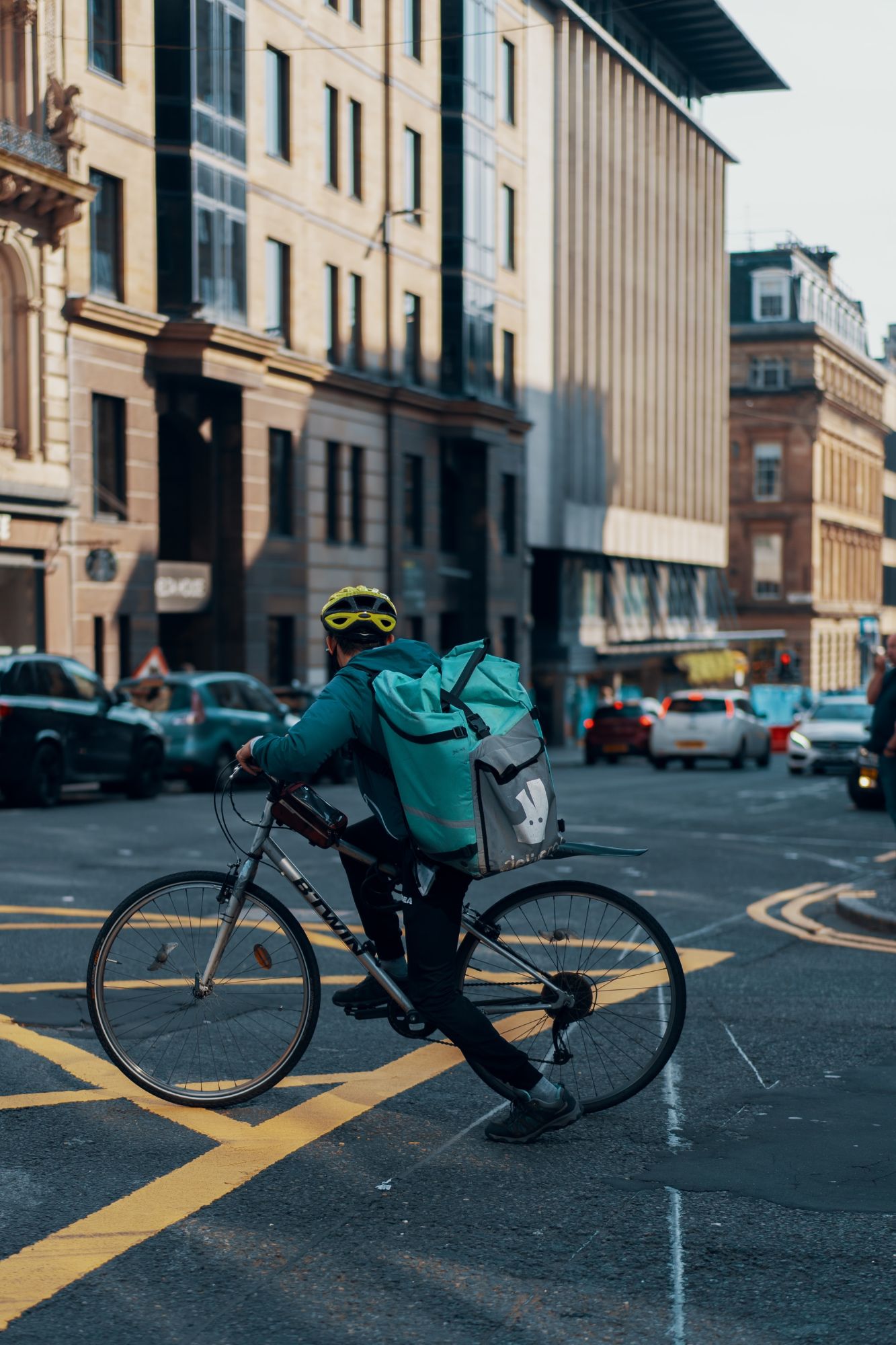

Emergency Vehicles
Emergency vehicles – you may hear the sirens of an emergency vehicle but it can be difficult to know where they are coming from.
Continuously check ahead and in mirrors and be prepared to pull over to allow a clear path.
If the road is fairly wide and theres not many obstructions, it may just be necessary to slow down rather than stop.
Remember the emergency services are trained to get around you - stay calm be sensible and they will find a way around you
Horses
If you are approaching horses on the road and would like to overtake them, please approach slowly, or even stop to give them time to find a gateway or other place off the road where there will be enough space between the horse and vehicle to allow you to pass safely.
Always pass wide and slowly. When you see a horse on a road, you should slow down to a maximum of 10 mph. Be patient, do not sound your horn or rev your engine. When safe to do so, pass wide and slow, allowing at least 2 metres of space.

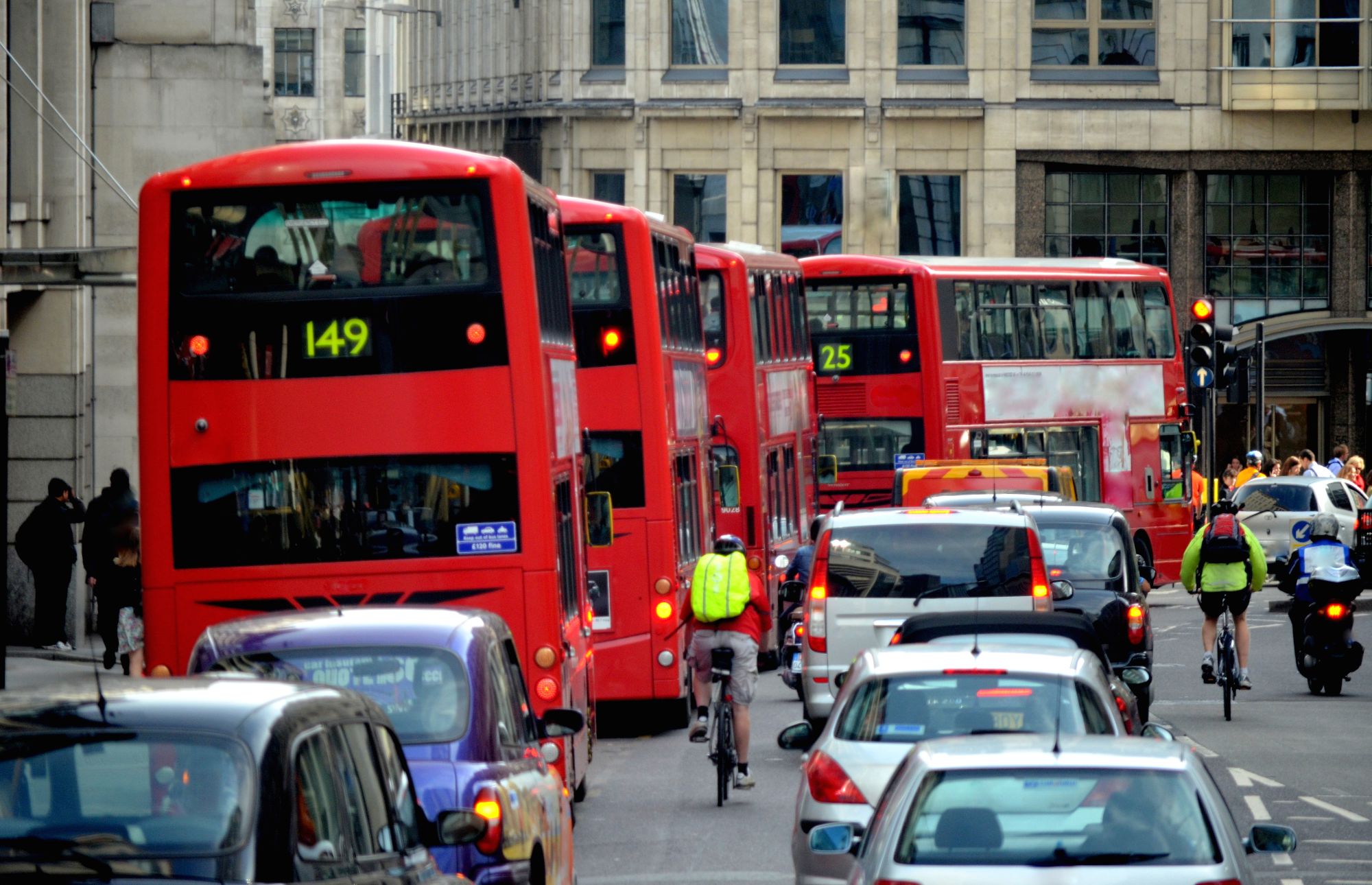
Buses
We know that at some point the bus is going to pull up at the side of the road to pick up or drop off passengers.
Stay at least 2 seconds behind so you can see around it, this way you can determine whether its safe to get past it when it does stop.
Then you need to be aware of people stepping out in front of the bus and not thinking of any cars coming around it
Closed Junction
A closed junction is one with buildings bushes and brickwork, so you can't see any traffic that is approaching, or how fast it is going.
So again we need to use anticipation and think "What If?"
What if there is a car coming at 30mph?
What if there is someone on an E-bike approaching at 20mph- we wouldn't even here them
What if there's a child crossing the road just around the corner?
Thinking all of these things in advance - would mean we stopped at the junction to make sure, before driving out.
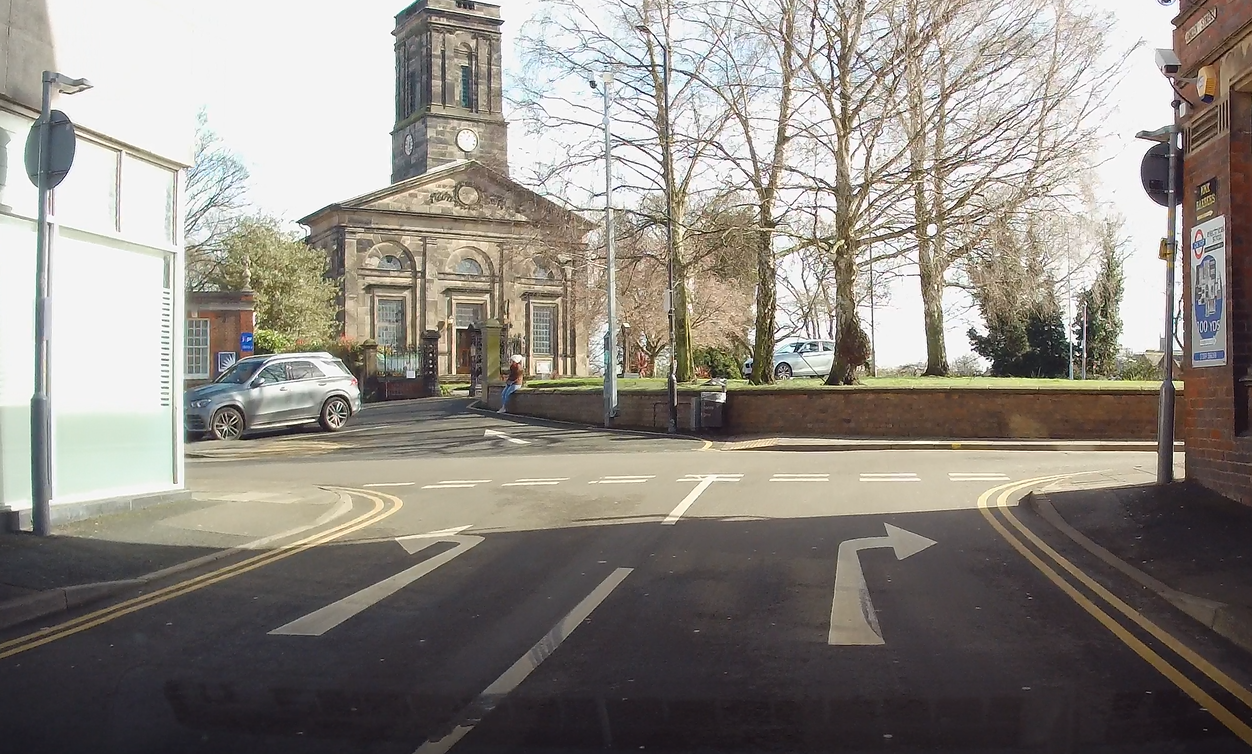
Contact Us
Hours
Monday - Friday:
09:00 am - 6:00 pm
Saturday - Sunday:
10:00 am - 3:00 pm